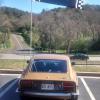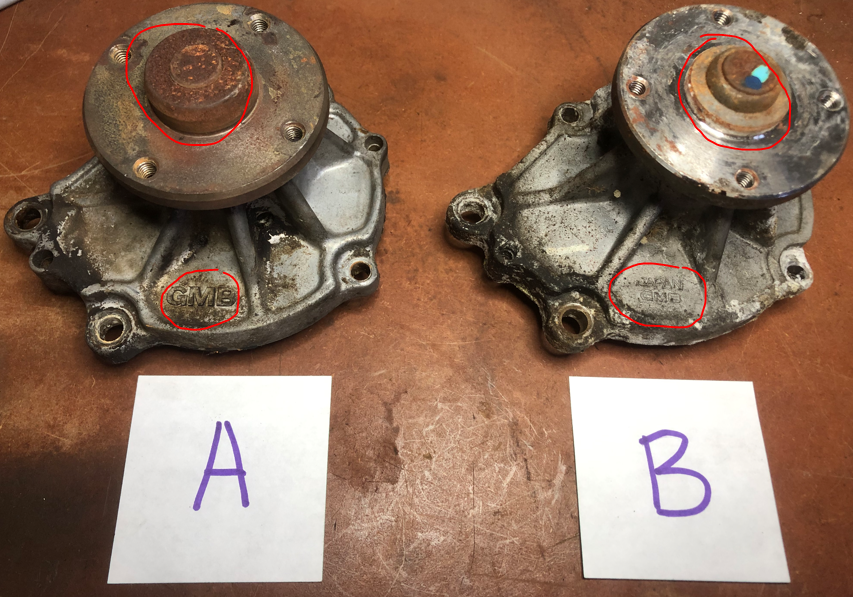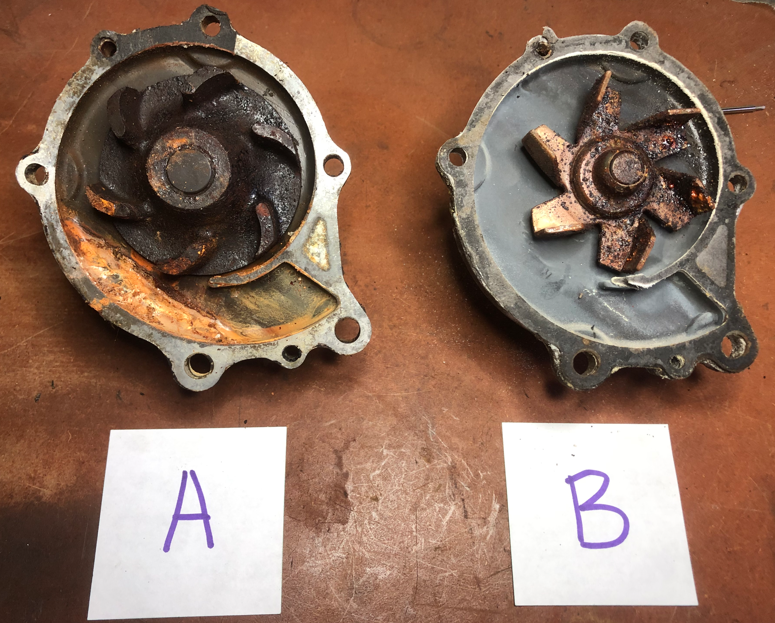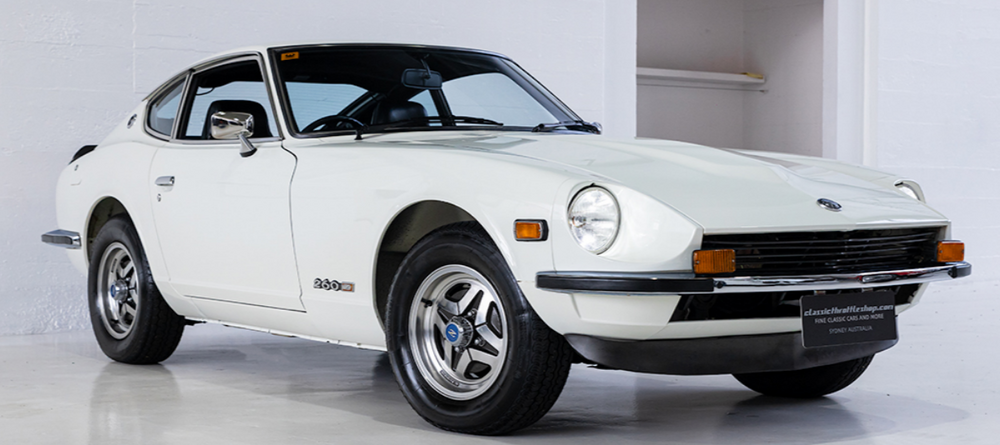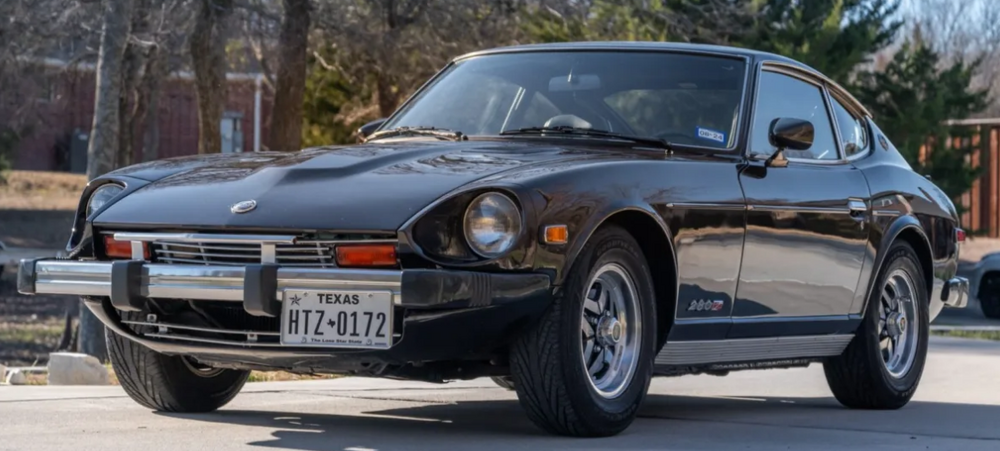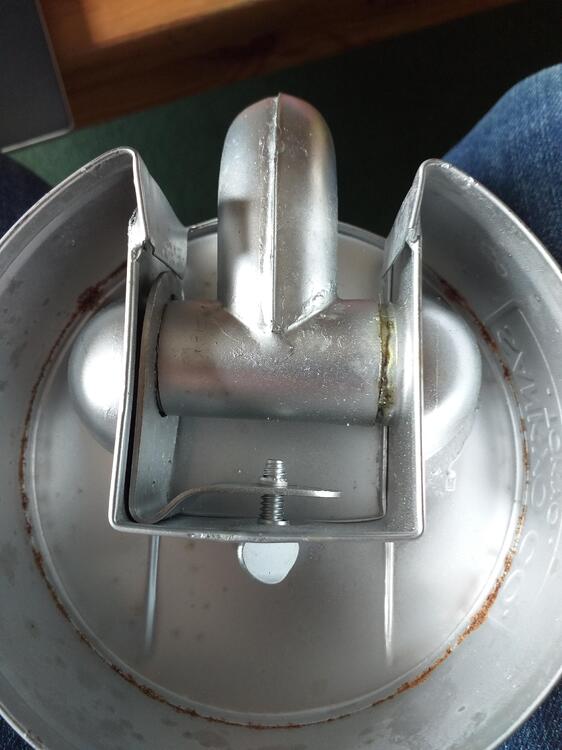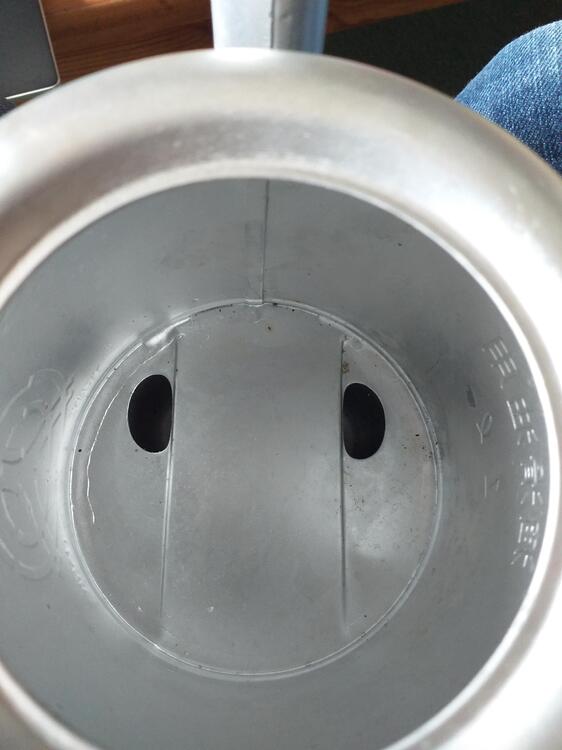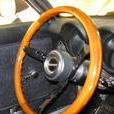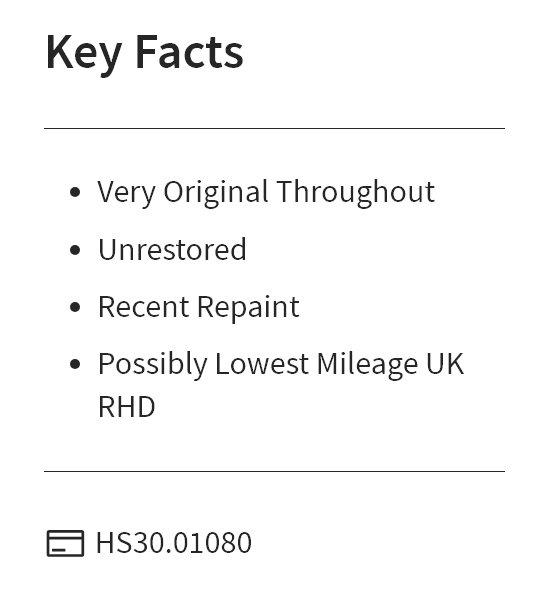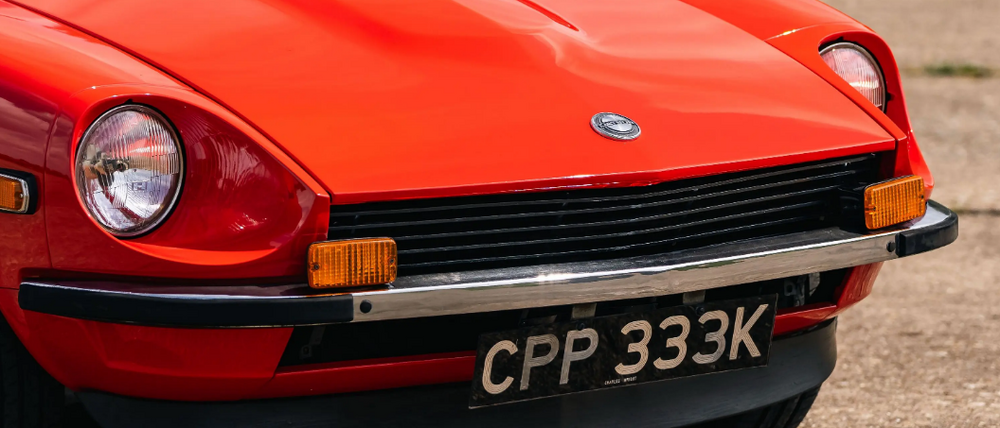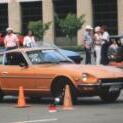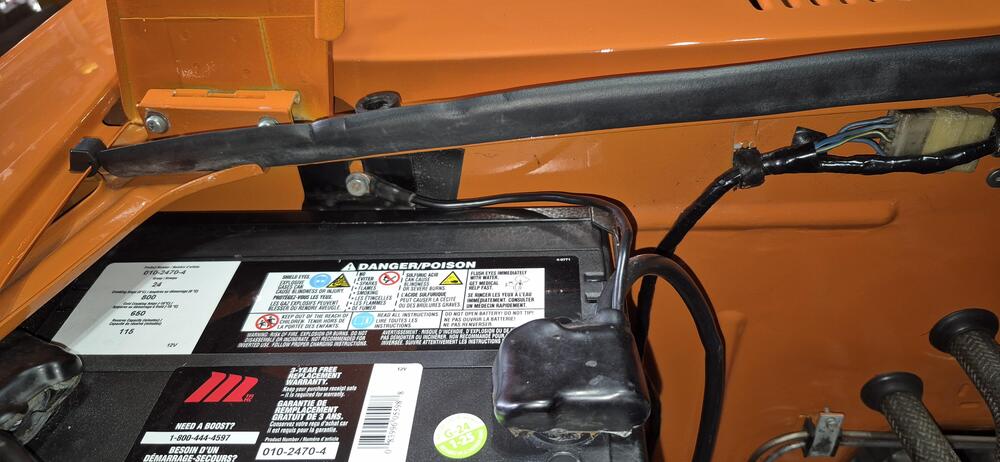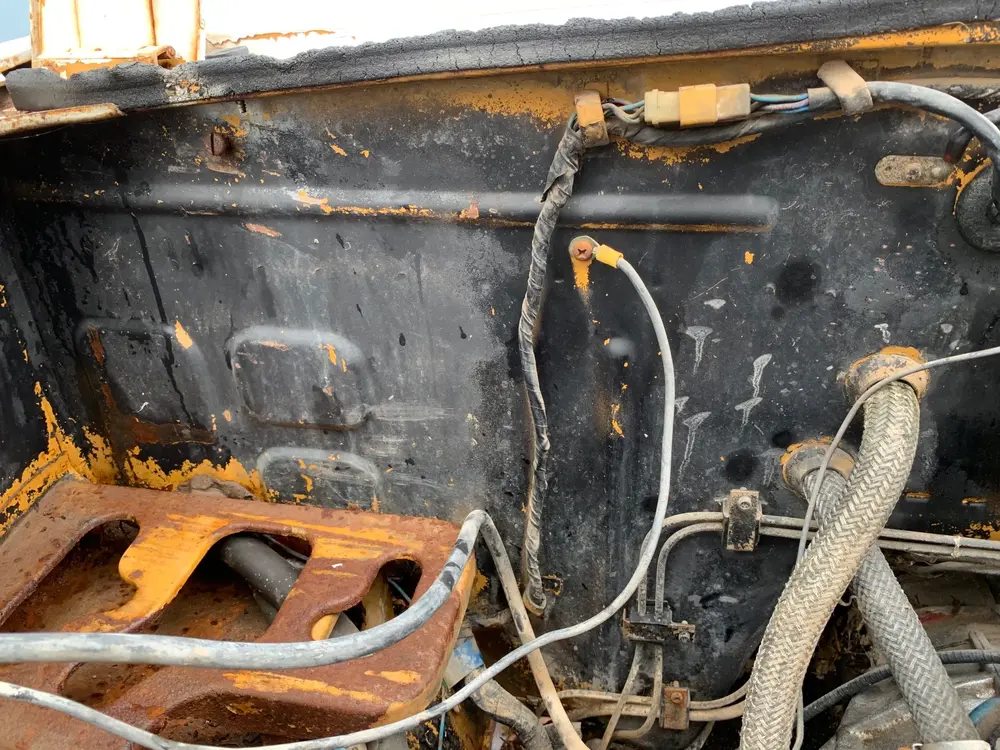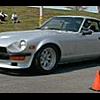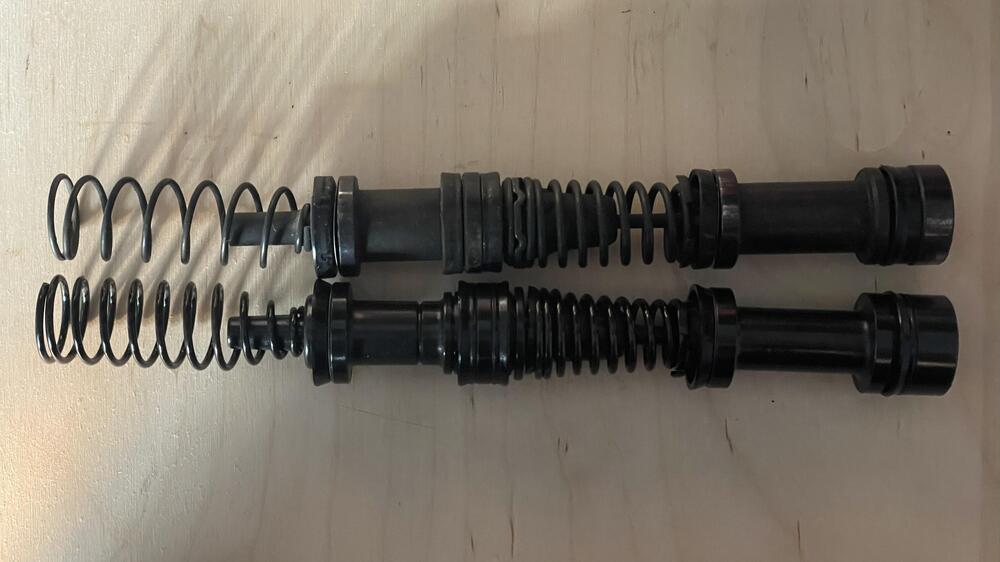All Activity
- Past hour
-
SteveJ started following Quiz Time! Water Pumps
-
Quiz Time! Water Pumps
You can get a new Aisin WPN-013 water pump. I have no idea whether or not GMB was an OEM supplier, but Aisin is a Japanese based company that is a parts supplier for that country's automotive industry.
- Today
-
Quiz Time! Water Pumps
Almost 100% sure that the Nissan OEM pumps used the cast impeller, not the stamped steel. There are extensive discussions out there about which pumps best. So, I don't know if A is correct but I'd say that B is definitely incorrect. They both look pretty nasty. Are you thinking about using one of them?
-
Broman started following Quiz Time! Water Pumps
-
Quiz Time! Water Pumps
-
1980 Datsun 280 zx
Sorry for the delay in getting back to you. JE Piston Manufacturing started business in the early 1900's. They are known for their exceptional forging and machining quality. Thank you for your response. Mike.......datsun79z@aol.com
-
Z's on BAT and other places collection
Interesting that the 1978 260Z, U.K. version shipped to Australia, referenced a few posts back also has the bumper mounter signals even though the grill with the signals inset was introduced in 1975 in the 280Z. I guess that Nissan had a good thing going and just let it ride. Or maybe the big bumper grill didn't work with the small bumper. Or the new signals were still too hard to see. The height seems right.
-
Period Japanese oil can
Very creative! Have you tried it to see how well it holds fluid?
-
jpc3006-1 joined the community
-
Period Japanese oil can
-
Z's on BAT and other places collection
Nissan were caught out by changes to motor vehicle 'Construction & Use' regulations with regard to lighting for 1971-up in several European markets. Height from road level was particularly difficult to solve. The regulations even required changes to the illumination of the rear license plate. Of course such regulations applied to NEW cars and many private owners took the opportunity to move these aesthetically unpleasant front turn signals to a position UNDER the front bumper, or - even better - to revert to the configuration that the gods originally intended... A legacy of precedence. You may have heard of Mr James Watt? He found it necessary to use a unit of measurement in order to compare the power of steam engines to that of working horses. Of course he used the IMPERIAL system as METRIC horsepower didn't exist at that point, the Industrial Revolution not being a Continental phenomenon... You may also have heard of Sir Isaac NEWTON? That's him in your Nm measurement. (Posted from The United Kingdom of Great Britain and Northern Ireland, a small place off the coast of mainland Europe which used to rule much of the world for a while... LOL)
-
Z's on BAT and other places collection
In 1991 when i was restoring a 240z and still in 1998 these were standard as the hight of the usa indicators was to low.. After 2005 or so the rules changed and the usa indicators are allowed now in the Netherlands. (and elswhere?) What i found strange is that the torque in english is not in Newton meters (Nm) but in caveman lb/ft ?? HUH?? 😂
-
Z's on BAT and other places collection
The integral lower turn signals are too low to meet regs at the time. So the left and right valance have impressions but no holes and the signals are moved to the bumper
-
Z's on BAT and other places collection
Yes, normal for areas of Europe, possibly all of Europe
-
1970 Wiring Diagram
Thanks guys. I will add that dedicated wire. Even though there is a path through the alternator and you don't really "NEED" that ground strap for the system to work, I was a little uncomfortable counting on pass through the alternator case as the only way for current to get back to the negative battery terminal. Hmmm... Now how to depict that on the diagram that makes it clear... ☺️
-
Z's on BAT and other places collection
- Yesterday
-
Front Brakes dragging
In other caliper rebuilds mainly on the Toyota big brake option for Z’s. I went and found plugs that would block ports that were letting air disperse in order for the piston to blow out. If I may ask have the pistons been removed?
-
Front Brakes dragging
Where did you get the parts? The grease is for inserting the seal in to its groove. Brake fluid is for sliding the piston through the seal. Oh well, the cars wouldn't be any fun if there wasn't something to fix on them.
-
1970 Wiring Diagram
On my 7/70 #6521, it is there like your picture. But on my Jan '70, #957, the tapped hole in the firewall does not exist and that ground wire is attached to the battery hold down frame mounting screw. Hmmm, After looking at some early cars on BaT I think my car had some work done in that area and the hole got filled in? Here are a couple of images and links to BaT: #00391 And #00512 https://bringatrailer.com/listing/1970-datsun-240z-38/
-
Front Brakes dragging
I very much appreciate all you guys. I believe they are the original calipers, I rebuilt them. When I had the one on my bench, I tried blowing the piston out of the inside half with compressed air, but trying to hold my fingers over the 2 holes leading to the other half, I didn't like where it was going, so I stopped. Never did move the piston out. I may have not assembled them right, lack of grease possibly, I don't know yet. I have my first car show locally tomorrow 15 miles away, so rather than break this system apart now, I'm going to wait until next week. Then I'm going to disassemble a caliper and see why those pistons are so hard to move.
-
1970 Wiring Diagram
I'm not sure of the location on the 70/71. I think for 72, the body ground moved to frame rail. I'm pretty sure it's on the frame rail for the 73.
-
1970 Wiring Diagram
It is there for both of my cars - 12/70 and 6/71.
-
1970 Wiring Diagram
The car that sold on BAT recently raised an electrical question for me about the ground distribution. On the car I'm working on, there is no dedicated ground strap going directly from the battery to the firewall, but instead, grounding to the harness (and hence the body) is done through the alternator. Then I saw that car on BAT, and there IS a dedicated connection right from the battery terminal to the firewall. Is this connection supposed to be here on the early cars? It's not "necessary" to work, but just wondering if this is how it's supposed to be:
-
Nabco vs Tokico 15/16 Brake MC Pistons
The stop screw catches the front piston like this: And the rear piston position is established by the retainer clip in the back: So the distances between those two reference locations and the "forward-most" seals on each piston is what's important. It looks like the front piston is really close, but the rear one is not. Might be "close enough", might not.
-
Z's on BAT and other places collection
1971 United Kingdom market HS30 'Datsun 240Z' with low recorded mileage. The usual inaccurate salesman's flimflam in the Bonhams write-up, but a nice car: https://carsonline.bonhams.com/en/listings/datsun/240z/62327cfd-fa98-45e5-9035-b38d20db87e2
-
Nabco vs Tokico 15/16 Brake MC Pistons
The stop screw catches the rear (left in photo below) piston in the narrower part between the seals, right? I noticed that space on the Tokico kit (bottom) is longer than the Nabco version (top). There’s also more fluid in that area because the piston is narrower there. The front (right in photo) piston is also narrower on the Tokico, but otherwise those are really similar in length. Virtually the same. I wonder if the Tokico works in the Nabco but not the other way around.
-
Nabco vs Tokico 15/16 Brake MC Pistons
That's really a risky maneuver. Overall length isn't as important as where the seals end up located when the cylinder is at rest. It would take a lot of study and investigation to know if it would work. Off the top of my head, looking at the rearmost piston (the one that the master cylinder pushes against), it has the seal in a different location than the original. The front piston is harder to analyze since it depends on where the seal will end up when the stop screw hits the lip of the piston. I'm just a guy with a keyboard, but I don't like it.
-
1971 HLS30-14938 "Lily" build
I only have one of the anomalies; the other four are outer shells for the hatch buttons




